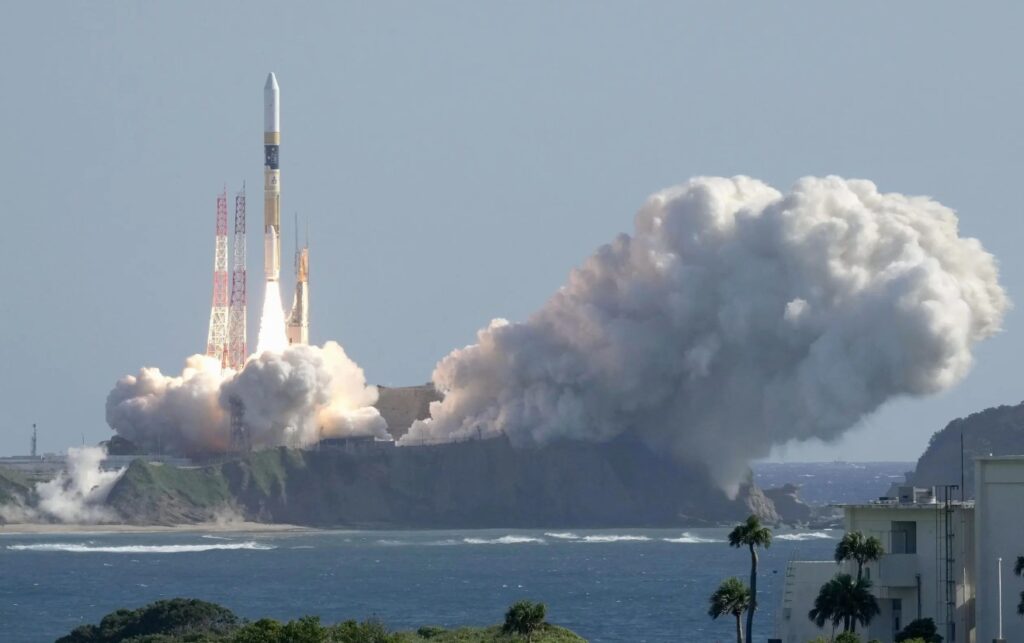Japan has joined the elite club of countries that have attempted to land a spacecraft on the moon, after launching its H2-A rocket on Thursday from the Tanegashima Space Center in southwestern Japan. The rocket carried two space missions: an X-ray telescope to study the origins of the universe and a lunar lander that will test new technology for future moon exploration.
A moment of truth for Japan’s space program
The launch of the H2-A rocket was a crucial test for Japan’s space agency (JAXA), which had faced multiple failures and delays in the past year. The rocket was originally scheduled to launch in August, but was postponed due to strong winds. The launch also came just weeks after India successfully landed a robotic spacecraft near the moon’s south pole, a coveted area that holds water in the form of ice.

Japan’s space program has been striving to maintain its reputation as a leading global player in space exploration, especially in the face of rising competition from China and Russia. Japan has also adopted its first space security blueprint in June, aiming to improve its defensive capabilities and information-gathering systems using space technology.
The launch of the H2-A rocket was met with applause and relief by JAXA officials, who watched anxiously as the rocket flew over the Pacific Ocean. “I was watching anxiously, but [the telescope] was separated successfully, to my great relief,” said Kyoko Matsushita, the project scientist for the telescope, on JAXA’s live feed of the launch Thursday. “We will have to continue watching carefully, but the first step was successfully done.”
A new X-ray telescope to unlock the secrets of the universe
The H2-A rocket carried the X-Ray Imaging and Spectroscopy Mission (XRISM), an X-ray astronomy spacecraft that will observe high-energy phenomena such as black holes, supernovae and neutron stars. The telescope will help scientists better understand how these objects form and evolve, as well as how they affect their surroundings.
The XRISM is a successor to Japan’s previous X-ray telescope, Hitomi, which was launched in 2016 but lost contact with Earth shortly after reaching orbit due to a technical glitch. The XRISM has improved features and functions, such as a higher resolution and a wider field of view. The telescope is expected to start operating in 2024, after undergoing various tests and calibrations.
A smart lander for investigating the moon
The H2-A rocket also carried the Smart Lander for Investigating Moon (SLIM), a lightweight and high-precision lunar lander that will demonstrate new technology for future moon landing missions. The SLIM is designed to land on a specific spot on the moon with an accuracy of 100 meters, which is much higher than previous landers that had an error margin of several kilometers.
The SLIM will also carry a camera and a laser reflector to capture images and data from the lunar surface. The lander will target a region near the Mare Orientale basin, which is located on the western edge of the moon’s near side. The basin is believed to be one of the oldest and largest impact craters on the moon, and could provide clues about its geological history.
The SLIM is scheduled to enter the moon’s orbit in three to four months and land early next year. If successful, it will become the first Japanese spacecraft to land on the moon, and the fifth in history after those from the United States, Russia, China and India. The SLIM will also pave the way for Japan’s planned participation in NASA’s Artemis program, which aims to send humans back to the moon by 2024.
